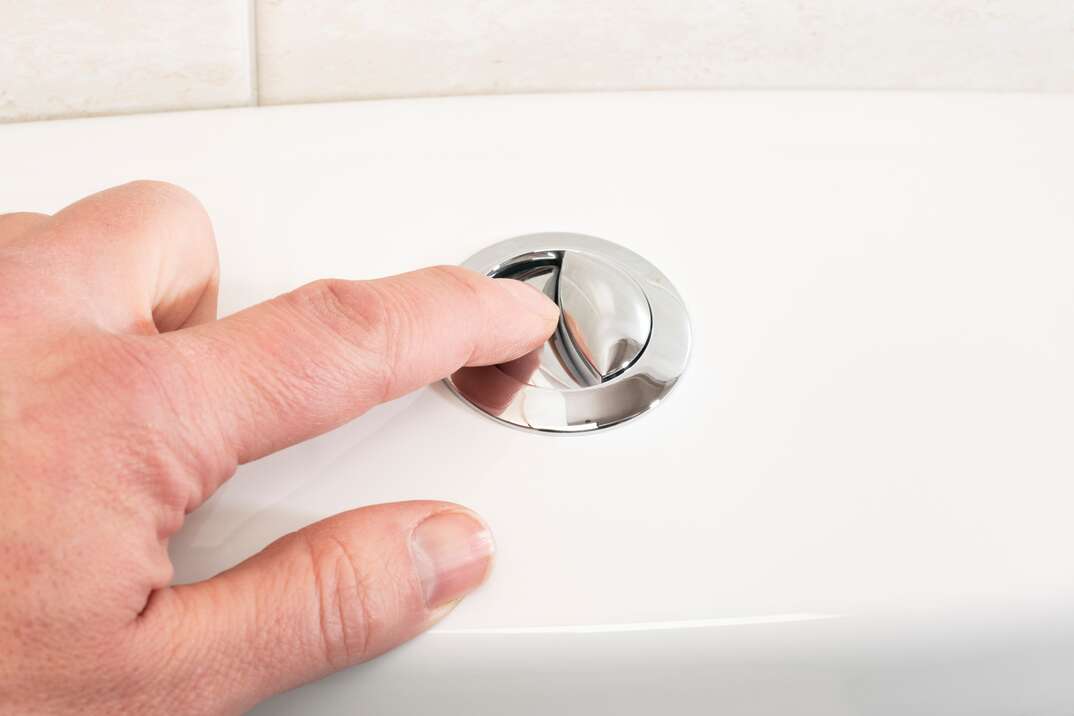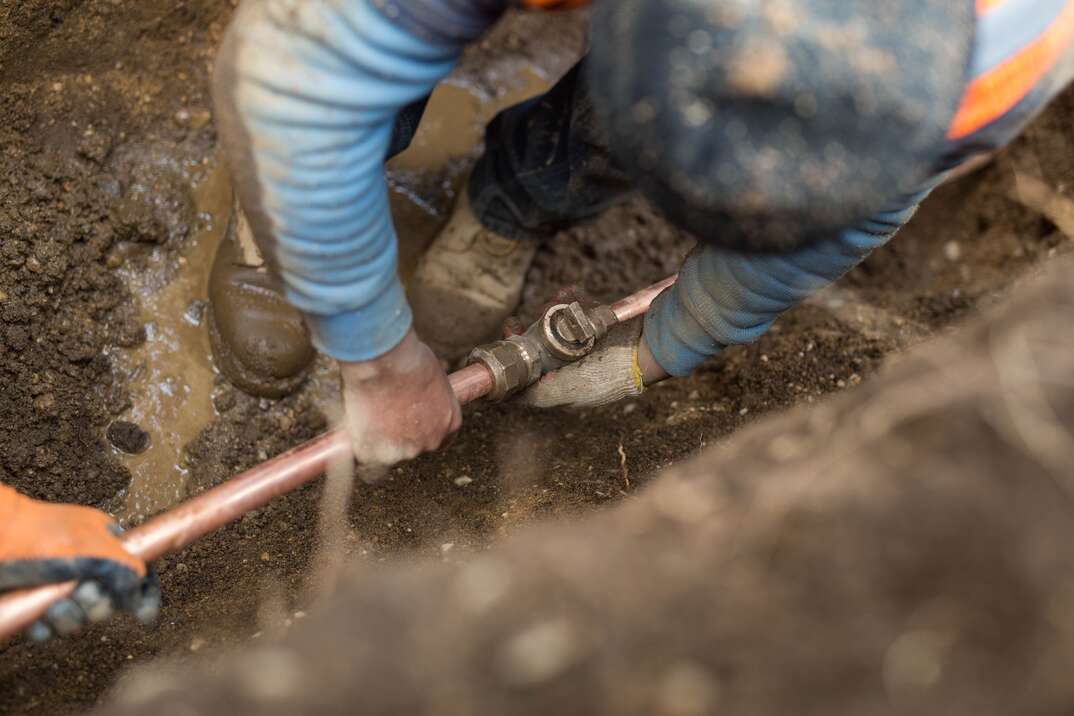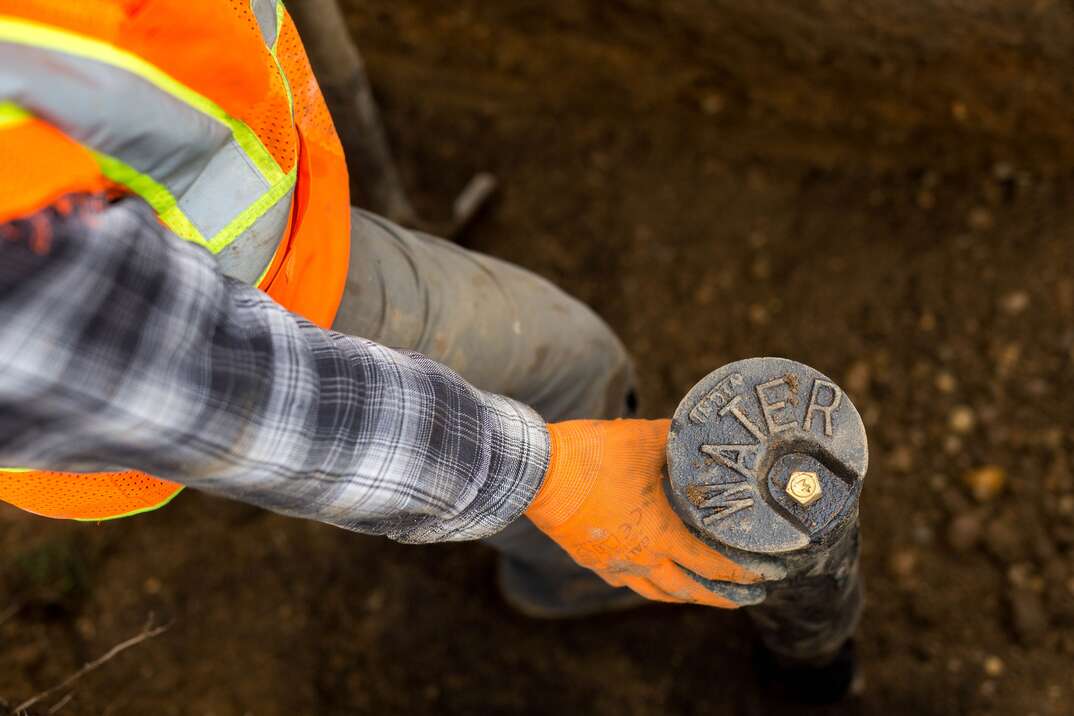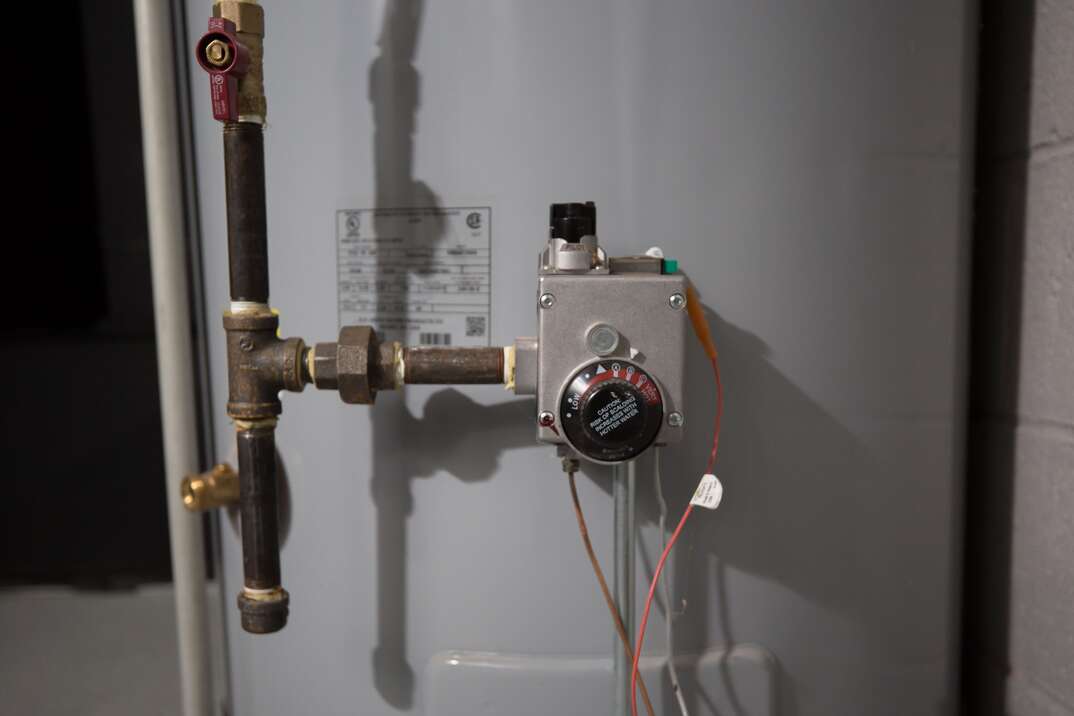Stop Flushing Money Down the Toilet: Go Low-Flow

If your water bills leave you wincing, you might literally be flushing money down the toilet. According to SFGate, flushing the toilets accounts for a whopping 30% of the average household's water usage. Therefore, reducing the amount of water flushed away every time you visit the bathroom is an effective way to lighten the load on your wallet.
This May Also Interest You: 3 Reasons Your Toilet Is Running — and How to Fix It
Enter the low-flow toilet. If you've been shopping for a new toilet recently, you may have noticed a low-flow or WaterSense label on some models and wondered what the savings could be. Here’s what you need to know.
What Is a Low-Flow Toilet?
A low-flow toilet is a type of fixture that uses water efficiently. Low-flow models use significantly less water per flush than standard fixtures without compromising flushing power, saving you money on your water bills and reducing water wastage.
The Environmental Protection Agency considers a toilet low-flow if it uses a maximum of 1.28 gallons of water per flush — roughly 20% less than the federal standard. Manufacturers adhering to EPA standards can have their toilets independently tested to prove that they are low-flow. You can identify a certified low-flow toilet by looking for the WaterSense label on advertising or packaging.
Do Low-Flow Toilets Save Water?
The EPA estimates that an average family using a WaterSense-certified low-flow toilet could reduce the amount of water they flush down the toilet between 20% and 60%. Overall, this could add up to a water bill reduction of around $140 (CAD 190) per year, or around $2,900 (CAD 3,800) over the toilet's lifespan.
Low-flow toilets come at a range of price points and don't usually cost more to purchase than standard models. Furthermore, some utility companies offer rebates to encourage their customers to switch to low-flow toilets or vouchers for money off a new fixture. Therefore, it often makes financial sense to install a low-flow toilet if your old fixture needs replacing soon.
More Related Articles:
- My Toilet Tank Is Spraying Water! How to Fix a Toilet Fill Valve
- How Do You Flush a Toilet Without Running Water?
- Time to Swap Seats? Here’s How to Install or Replace a Toilet Seat
- Never Flush These 11 Things Down Your Toilet
- Condensation on Your Toilet? Don’t Sweat It
What Are the Pros and Cons of a Low-Flow Toilet?
Low-flow toilets are a suitable option for most households and offer a range of benefits. However, there are a few downsides to be aware of before you replace a standard fixture with a low-flow model.
Pros
The main advantage of installing a low-flow toilet is that it will save you money on your water bill. However, low-flow toilets are also an excellent option for eco-friendly homeowners who want to conserve water. These fixtures can be particularly helpful if you live in an area with frequent droughts requiring water conservation measures.
Low-flow toilets often have smaller tanks than standard models because they don't need as much water per flush. Therefore, a low-flow fixture could be a good space-saving option for homeowners with smaller bathrooms.
Cons
Toilets with the WaterSense label must pass rigorous tests to prove that they flush efficiently. However, using less water increases the likelihood of a clogged toilet, especially if you have low water pressure. It's essential to address low water pressure promptly if you have a low-flow toilet to prevent blockages. You can also reduce the likelihood of clogs by avoiding using too much toilet paper and keeping your toilet well-maintained. As with standard fixtures, you should never flush items like menstrual products and diapers down a low-flow toilet.
Another potential downside of low-flow toilets is that they may require plumbing modifications, especially if you have an older property. Low-flow toilets require a combination of pressure and gravity to generate a powerful flush, which means that they need angled supply pipes to work correctly. Therefore, you may have to pay extra for a plumber to adapt your system to accommodate a low-flow toilet.
All CAD conversions are based on the exchange rate on the date of publication.


